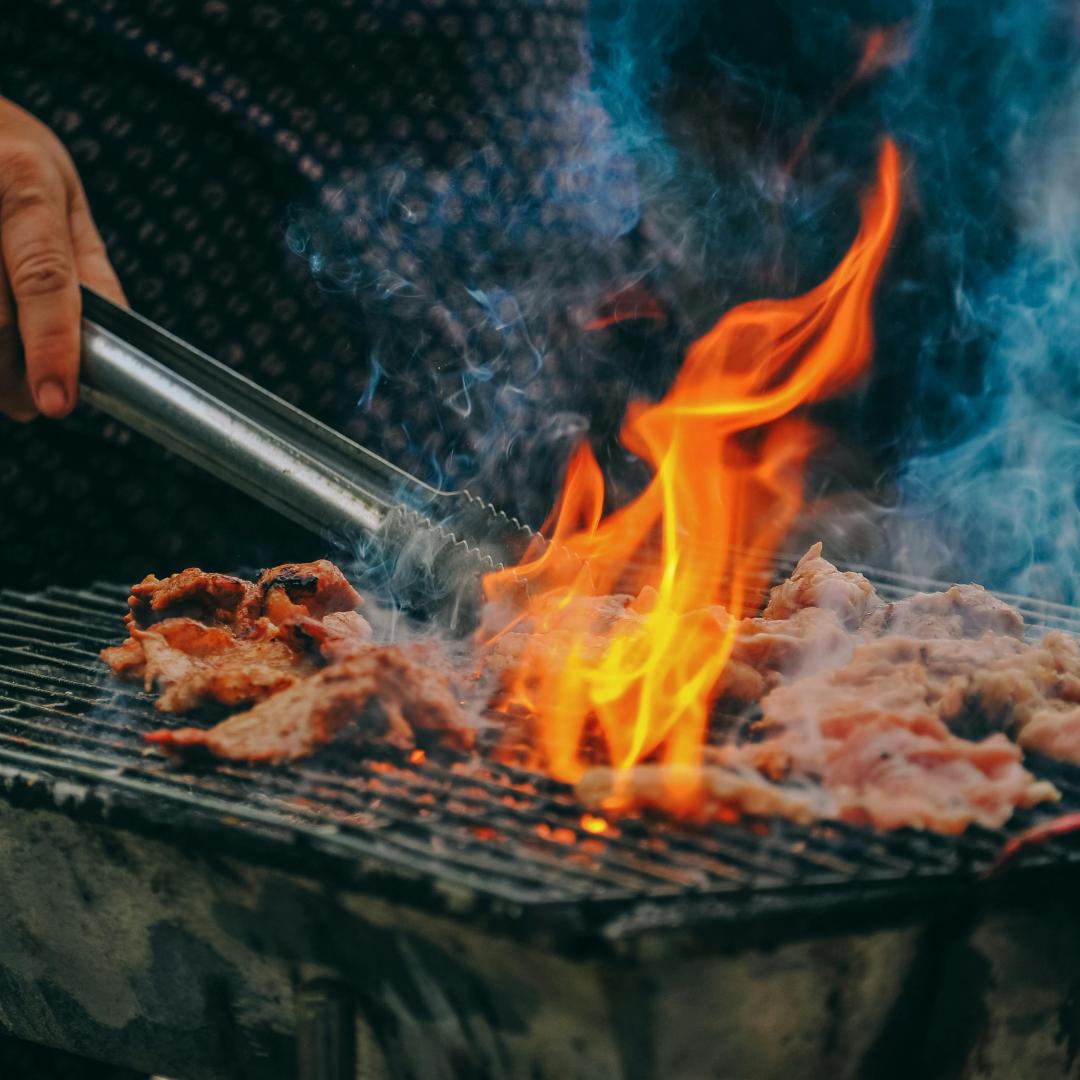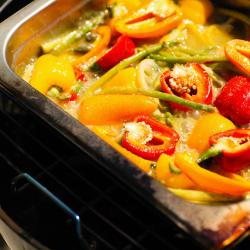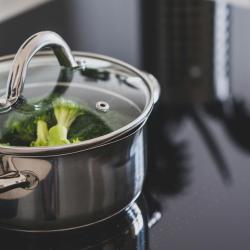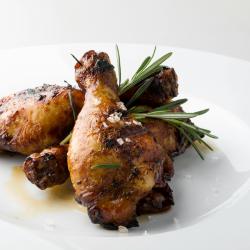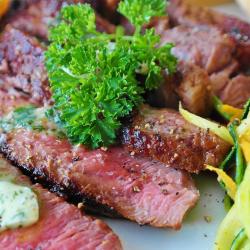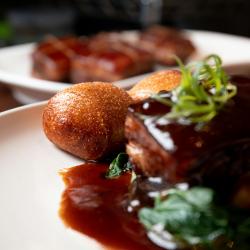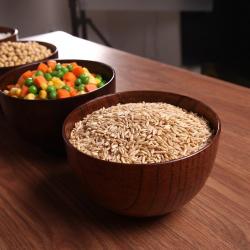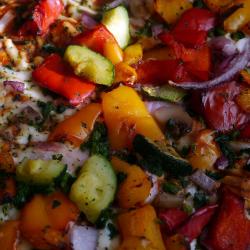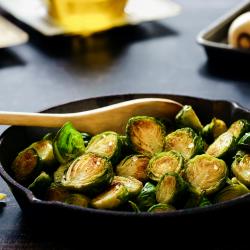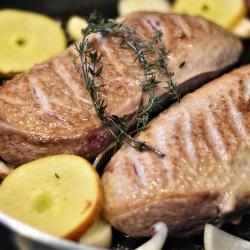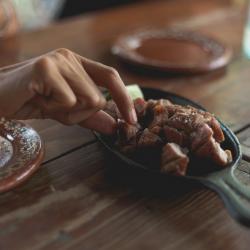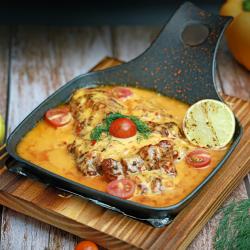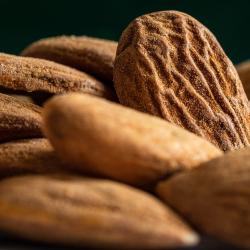Grilling vs. Broiling: What's the Difference and When to Use Each?
When it comes to cooking methods that imbue food with rich flavor and a tantalizing char, grilling and broiling stand out as top contenders. Both techniques use high heat to cook food quickly and develop that desirable crust, yet they are often mistaken for one another. Understanding the nuances between grilling and broiling can elevate your culinary game, making it easier to decide when to use each method for optimal results.
Grilling: The Outdoor Favorite
Grilling is an outdoor cooking method that cooks food using direct heat from below. The heat sources can be charcoal, wood, or gas burners, each offering a distinct flavor profile. Charcoal grills, for example, provide a smoky flavor that many enthusiasts revel in, while gas grills offer convenience and control over the heat.
Benefits of Grilling:
- Flavor Enhancement: The smoke from the heat source often flavors the food, adding complexity and a distinct taste.
- Versatility: Grills can accommodate a wide variety of foods including meats, vegetables, and even fruits.
- Social Experience: Grilling is often a communal activity, perfect for casual gatherings and outdoor celebrations.
When to Grill:
- When you want to impart a smoky flavor to your food.
- When cooking larger cuts of meat, such as steaks or whole chickens, that benefit from the intense sear and slower cooking environment.
- When enjoying an outdoor cooking experience with friends and family.
Broiling: The Indoor Champion
Broiling is an indoor cooking technique that utilizes your oven's broiler setting to provide high, direct heat from above. Most ovens have a dedicated broiling compartment or setting that readily achieves this effect, making it accessible for home cooks who might not have outdoor space.
Benefits of Broiling:
- Convenience: Since it's performed indoors, broiling is possible year-round, rain or shine.
- Control: Broiling offers more consistent and predictable heat, ideal for precision cooking.
- Quick Cooking: Foods are cooked quickly due to the intense, direct heat.
When to Broil:
- When cooking thinner cuts of meat or vegetables that don't require long cooking times.
- When you want a crisp, caramelized crust on dishes such as casseroles or cheese-topped items.
- When outdoor grilling is not an option.
Key Differences
Heat Source and Direction: Grilling uses heat from below (charcoal, gas), while broiling applies heat from above (oven element).
Location: Grilling is predominantly an outdoor activity unless you have an indoor grill, whereas broiling is done indoors using an oven.
Flavor Profile: Grilling can introduce a smoky flavor, while broiling typically offers cleaner, more direct heat without additional smoke.
Final Thoughts
Both grilling and broiling have their places in the culinary world, and the choice between them depends largely on personal preference, the type of food, and the context of the meal. Whether you're craving the rich smokiness imparted by a charcoal grill or the convenience of broiling a quick dinner in the oven, mastering these methods will expand your repertoire of cooking techniques and enhance the flavors of your dishes.
By understanding the differences and knowing when to opt for grilling over broiling, or vice versa, you'll be better equipped to create delicious, textured meals that satisfy your palate—and, perhaps, impress those around you, too.
